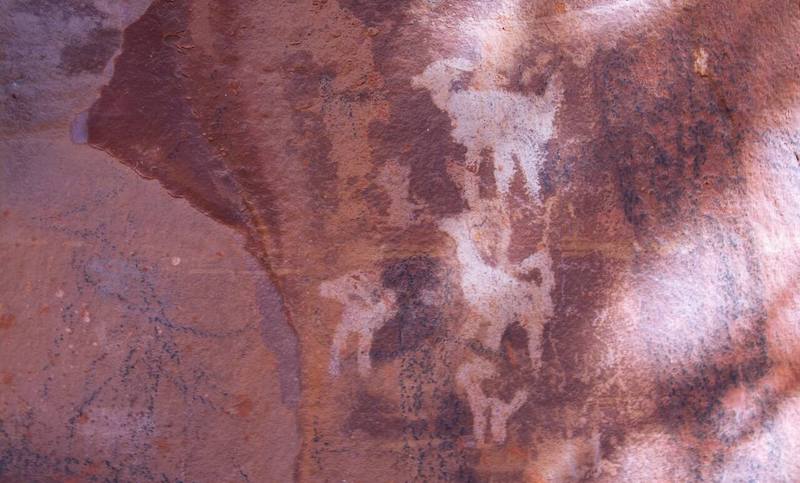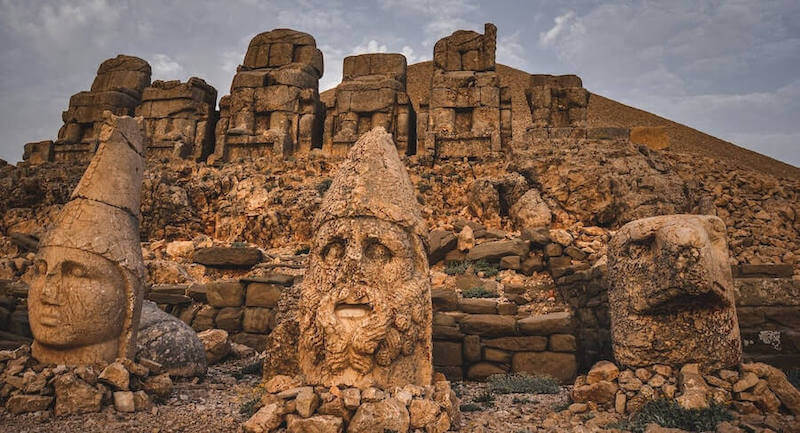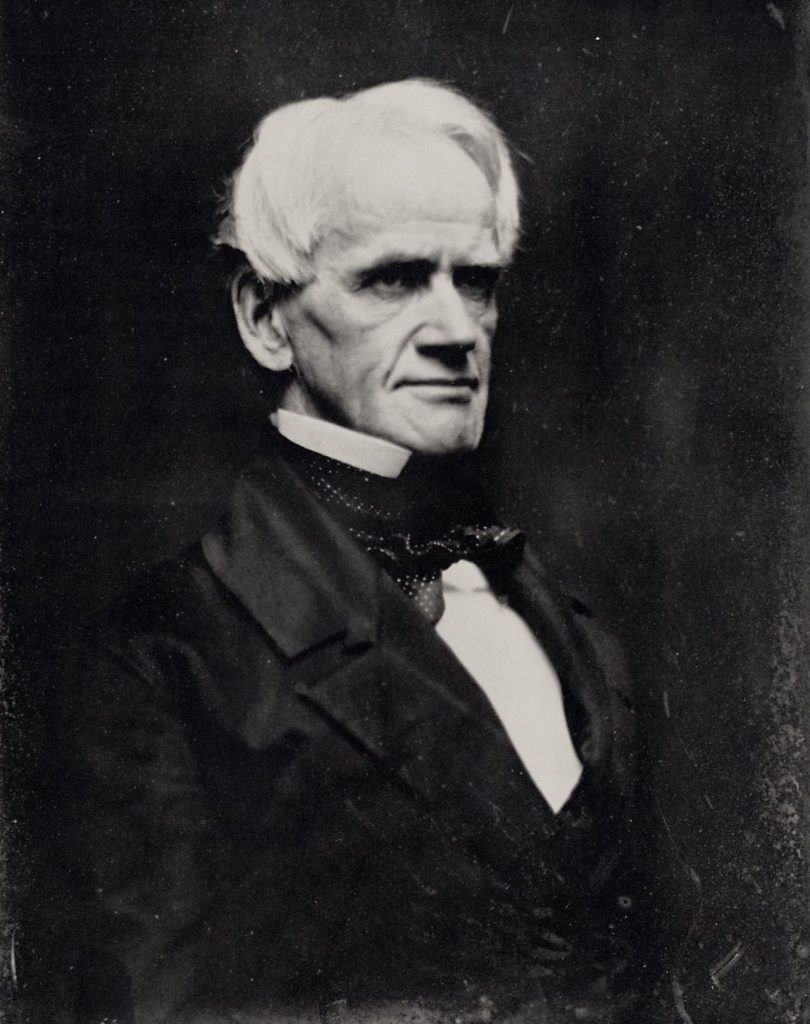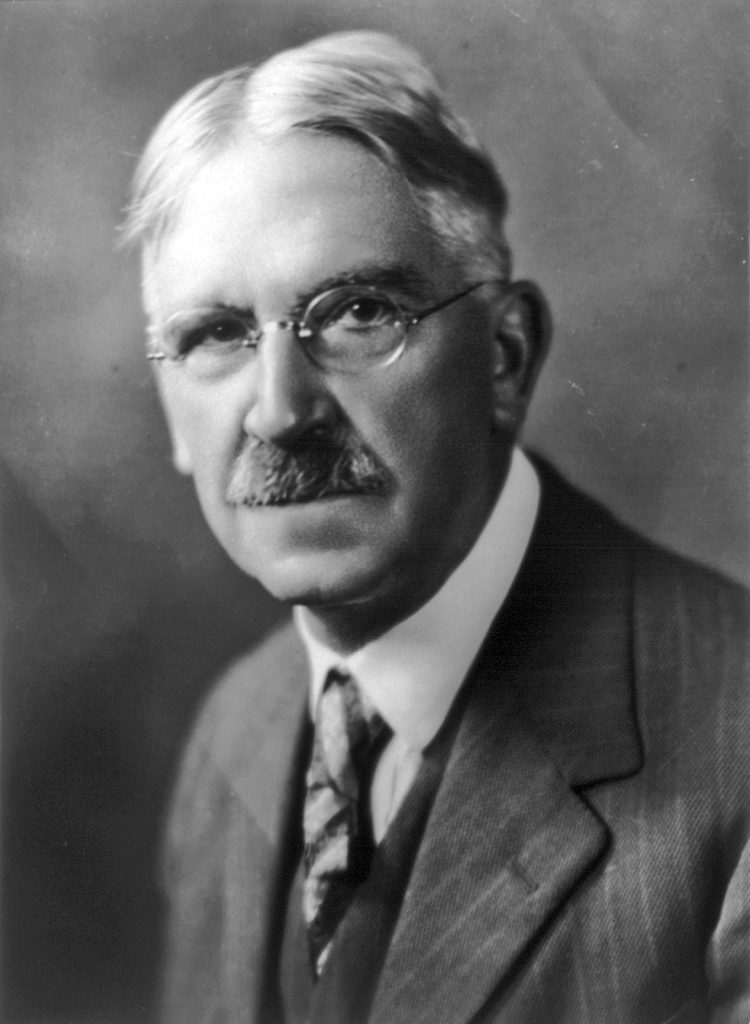Ever wonder who invented school? Well, there’s no one specific person we can give all the credit to.
Education has been an integral part of human life since ancient times. From its earliest forms to today’s system, it has undergone significant transformations over the centuries. In this article, we’ll take a journey through history, exploring its development and highlighting key innovations that have contributed to its advancement.
Education’s Earliest Forms: Cave Paintings and Tribal Societies

Education can be traced back to prehistoric times when humans lived in small nomadic groups. Storytelling and oral tradition served as the primary means of transmitting knowledge and cultural values from one generation to the next, with cave paintings being an important milestone in their evolution.
Cave paintings were used to tell stories, record hunting practices and preserve spiritual beliefs. These artworks were crafted out of natural pigments, charcoal, and mud with the oldest known cave paintings dating back 40,000 years from Indonesia, Spain, and France. These depictions of animals and hunting practices offer insight into prehistoric societies’ lifestyles.
Storytelling played an essential role in transmitting knowledge and cultural values throughout prehistoric societies. Individuals with exceptional abilities or knowledge were often revered as wise men or women, charged with passing down knowledge to future generations. They taught skills such as hunting, fishing, agriculture, and metalworking to the next generation.
As human societies became more settled and developed, tribal schools emerged to formalize the educational process. These educational establishments were led by elders from the tribe who passed down knowledge and traditions to younger generations. They taught various skills such as survival techniques, craftsmanship, and the ways of the tribe.
Shamans played an essential role in transmitting knowledge and cultural values. They performed rituals and ceremonies that reinforced the spiritual beliefs of their tribe while being seen as having a connection to the spiritual realm – often sought out guidance on matters concerning the tribe.
Ancient Civilizations

Egypt
Education was the domain of the elite class in Ancient Egypt, particularly children of the ruling class. The educational system was hierarchical and strictly divided, designed to train scribes who would pass along knowledge.
Education in Ancient Egypt was primarily oral, with memorization being an essential component of learning. Students were expected to memorize hymns, prayers, and various texts for future reference. The primary aim was for educators to produce scribes who could keep records, communicate with the gods, and serve as advisors to the pharaoh.
Ancient Egypt had a distinct education system composed of multiple stages.
- The initial stage was the “House of Life,” a temple-based institution where boys were educated to become scribes. There, they received instruction in reading, writing, and mathematics as well as religious instruction.
- The second stage was the “House of Books,” which provided advanced instruction in reading, writing, and mathematics to children of the elite class. Typically located within a royal palace or temple, this institution was open only to those from the royal family or temple.
The writing was an essential subject in Ancient Egyptian education. The hieroglyphic writing system used then was complex and difficult to learn, necessitating years of study and practice to master. Scribes were taught how to write with various scripts such as hieroglyphs, hieratic, and demotic scripts; they also received instruction in calligraphy – often seen as works of art themselves.
Mathematics was an essential subject in Ancient Egyptian education, necessary for record-keeping and surveying. Basic arithmetic, geometry, and algebra were taught to the Ancient Egyptians who used a decimal system and hieroglyphic notation for numbers. Furthermore, they could solve complex equations and problems like calculating the volume of a pyramid with ease.
Ancient Greece
Education was seen as the cornerstone of democracy in Ancient Greece. The educational system focused on physical education, music, and literature – essential for character development and training future leaders.
Greek education could be divided into two phases.
- Primary Education: Primary education was mainly composed of physical education, reading, and writing skills, as well as basic arithmetic. Boys received this education either from private tutors or at their local elementary school (known as “grammar school”) while girls received little to no formal instruction and were expected to learn household skills from their mothers.
- Higher Education: Higher education was reserved for the elite class and focused on music, literature, philosophy, and rhetoric. Notable educational institutions included Plato’s Academy and Aristotle’s Lyceum. The curriculum was tailored to prepare students for public life with topics like ethics, politics, and economics; additionally, they learned public speaking and debate – essential skills needed by Ancient Greece’s political leaders.
The Sophists were a group of teachers who taught rhetoric and philosophy. They promoted individualism, and self-expression, and their ideas had an immense impact on Greek culture and society. Other notable Greek educators included Plato, Aristotle, and Socrates; Plato founded the Academy – one of the first higher learning institutions in Western civilization – while Aristotle founded the Lyceum with an emphasis on natural sciences and logic.
Music and literature were key elements in Greek education. Music was seen as having a powerful effect on the character, while poetry and drama also played an integral role in school curriculums. Through reading great works of Greek literature, students could gain insight into human nature while developing empathy and compassion for others.
Rome
Education in Ancient Rome was primarily designed to prepare young men for leadership, politics, and public speaking. Education was the domain of the wealthy class and women had limited access. Education throughout Ancient Rome could be divided into three stages:
- Elementary Education: Elementary education was provided either privately by private tutors or the “Ludus” elementary schools. The curriculum focused on reading, writing, and basic arithmetic.
- Secondary Education: Secondary education was provided by grammar schools or “Grammaticus.” The curriculum focused on literature, rhetoric, and public speaking as well as history, geography, and philosophy.
- Higher Education: Higher education was provided through universities or “Studia,” which specialized in law, medicine, and philosophy. These institutions were located in major cities like Rome or Alexandria.
Quintilian’s “Institutio Oratoria” became a classic textbook on rhetoric. Education in Ancient Rome included subjects such as literature, mathematics, philosophy, and law; its goal was to prepare young men for leadership positions in politics or public speaking engagements.
Public speaking was an essential skill in Ancient Rome, and education focused on developing it. Being able to speak was seen as a sign of intelligence, leadership, and character. Political leaders required this ability and were trained in rhetoric – the study of persuasion. Students learned how to use language effectively to influence others and persuade them.
Middle Ages: Church and Cathedral Schools

In the Middle Ages, Christianity controlled education and it primarily focused on religious instruction. The Church believed that education was essential for spiritual development and an opportunity to understand God’s will. This influence on education had a lasting effect, leading to the establishment of cathedral schools as part of Catholic educational reform.
Cathedral schools were born out of the Church’s influence on education. Attached to cathedrals and monasteries, these educational establishments trained priests and monks in seven liberal arts: grammar, rhetoric, logic, arithmetic, geometry, music, and astronomy – divided into two categories: the trivium (grammar rhetoric logic) and quadrivium (arithmetic geometry music astronomy). The trivium served as the basis for studying other liberal arts while serving as a prerequisite for studying the quadrivium subjects.
Charlemagne, a towering figure in the Middle Ages, played an influential role in developing education. He established the Palace School to train administrators and clerks for his empire; believing that education was key to creating a strong, unified empire. Furthermore, Charlemagne launched what would come to be known as the Carolingian Renaissance–an influential period for Latin and classical studies–which laid the foundations of European culture.
In the Middle Ages, education was primarily oral; students were expected to memorize and recite texts. Its focus was on religion and the Bible, with the primary aim of preparing people for religious service. The Church believed that education was essential for spiritual development and an avenue to understand God’s will.
Enlightenment: The Evolution of Public Education

Horace Mann. (2023, March 30). In Wikipedia. https://en.wikipedia.org/wiki/Horace_Mann
The Enlightenment was a period of intellectual and cultural development that had an immense effect on education. It promoted reason, scientific inquiry, and individual liberty as foundational concepts for success; its influence ultimately led to public education becoming widely available today.
Public education was born out of the Enlightenment’s emphasis on reason and individual liberty. Designed to reach all individuals regardless of social status, public education was seen as a means to promote social equality and prepare individuals for participation in a democratic society.
Horace Mann was an influential figure in the development of public education in America. As both a politician and educational reformer, Mann played an instrumental role in setting up free public schools throughout America. His belief that education was essential for building a strong democracy and should be accessible to all individuals regardless of social standing was widely held by his supporters.
Modernity: Industrialization and Compulsory Education

John Dewey. (2023, March 25). In Wikipedia. https://en.wikipedia.org/wiki/John_Dewey
The modern era of education was defined by industrialization and the introduction of compulsory education. This revolution in educational policy required all children to attend school, equipping them with the skills needed for success in today’s technologically driven society.
John Dewey was a pivotal figure in the development of modern education. An educational philosopher, Dewey advocated for student-centered classrooms that focus on developing critical thinking skills. His ideas had an immense effect on modern educational practice and still influence it today.
Today’s Education System: The Influence of Past Innovations

Today’s education system is the product of all the innovations and developments that have taken place throughout history. It is complex and diverse, constantly in flux. Educators face many obstacles such as funding constraints, shifting demographics, and technology integration into instruction.
Technology’s role in education is an area of rapid advancement and innovation. With the potential to revolutionize how instruction is delivered and give individuals worldwide access to quality educational experiences, technological integration into education presents both advantages and challenges that educators must embrace.
Conclusion
Education has been profoundly shaped by many influences, such as religion, philosophy, politics, and technology. A comprehensive understanding of education’s past is essential for understanding its current state and shaping its future direction. While innovations from decades past still impact education today, educators must adapt to evolving circumstances and technologies to offer their students the best possible instruction.
- Monitor Calls & Text Messages
- View Photos and Videos
- Location Tracking & Geofence
- Monitor WhatsApp & Kik
- Detect & Alert for Inappropriate Activities
- Monitor Websites Visited
- Compatible with Android and iOS

